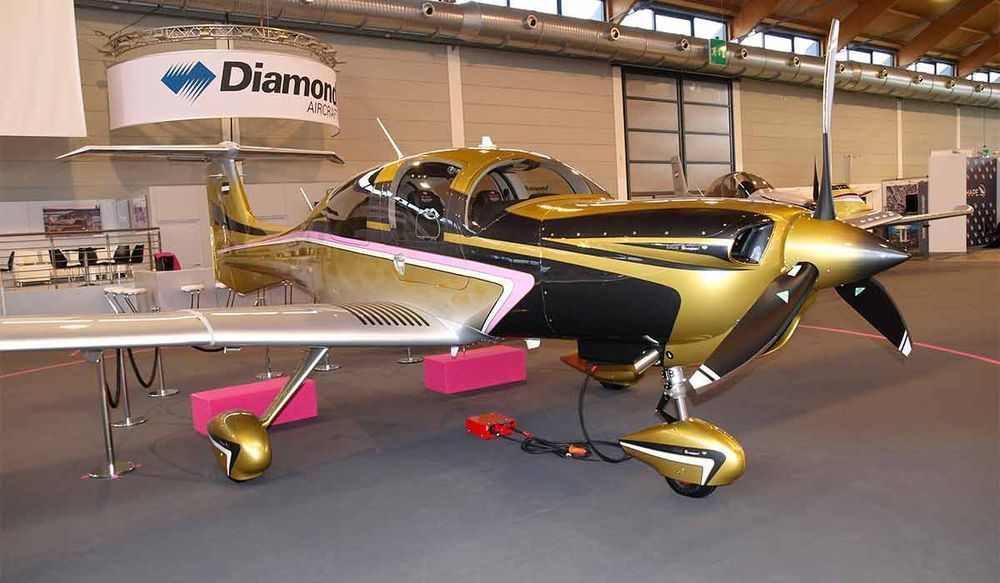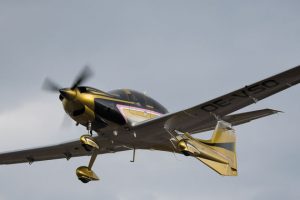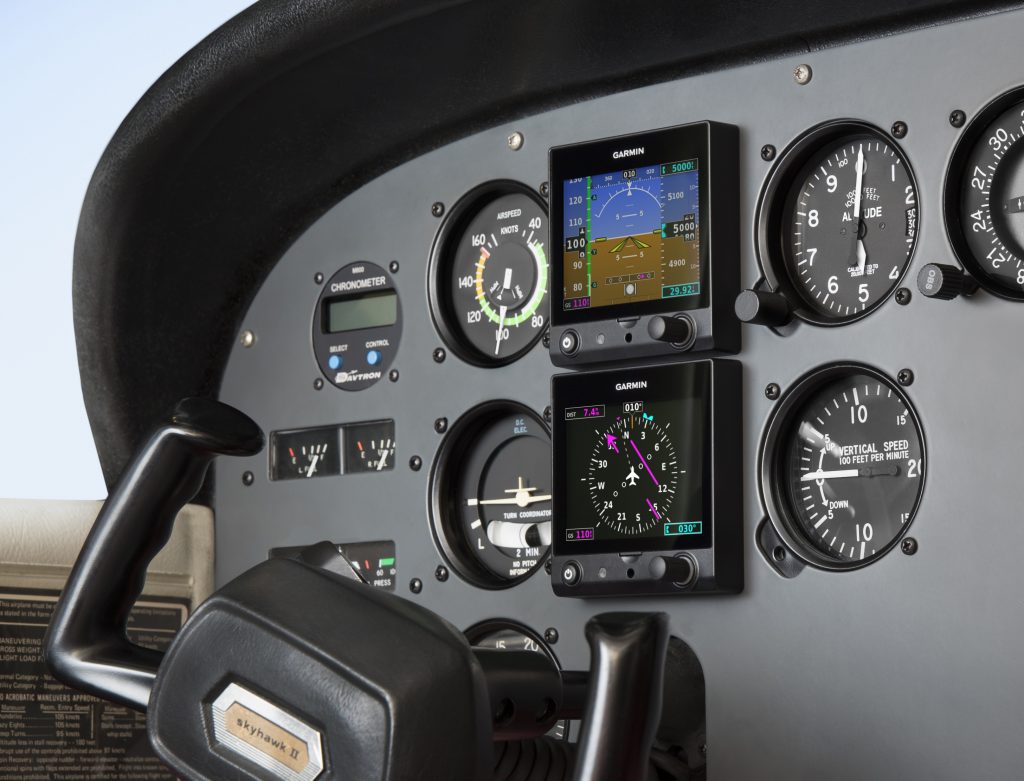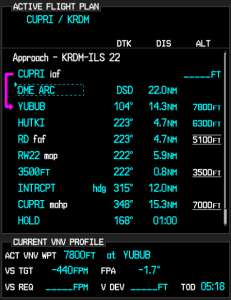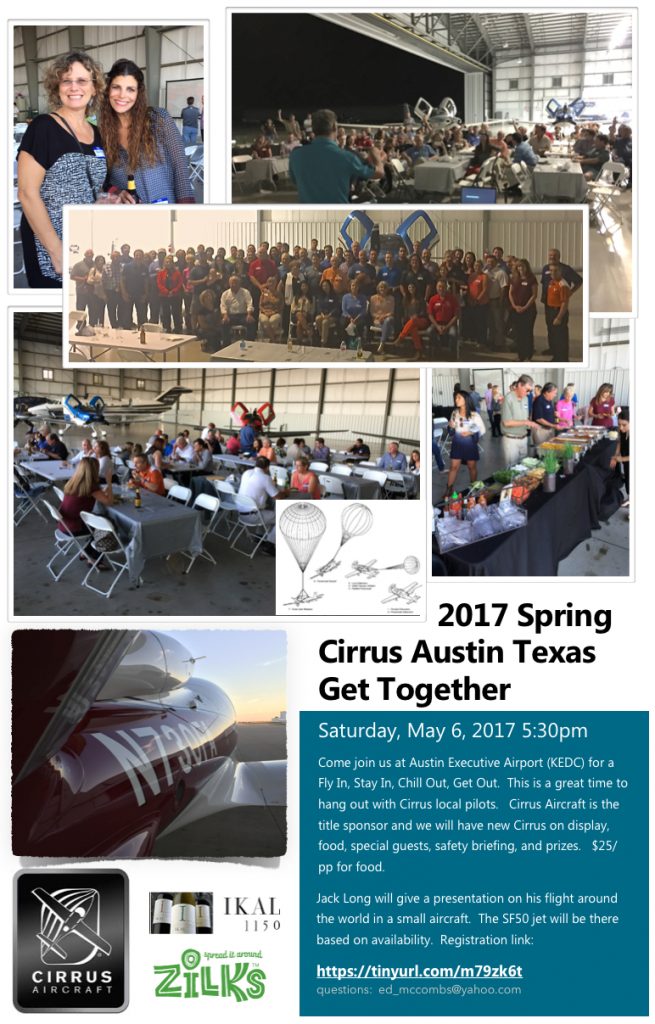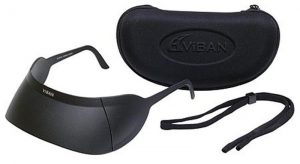Diamond has joined the high performance single engine fray with the announcement of it’s new line of DA50 models. Cirrus currently has the cornered the market on easy flying, fixed gear, speedy HP single engine airplanes. But, (assuming that the Diamond DA50 gets certified in a timely manner and the appeal of the Jet A sipping SMA diesel engines appeals to a broad enough audience), Cirrus could have some competition soon.
The proposed Diamond DA50 will come in 3 different configurations, the IV, the V, and the VII. The IV and the V will each burn under 10 GPH of Jet A. The VII will burn about 14 GPH of Jet A, using the same amount of fuel as a normally aspirated SR22, but at cheaper Jet A prices (plus the discount of fuel companies like CAA or AEG Fuels).
According to AOPA, all 3 Diamond DA50 models will be equipped with the Garmin G1000 NXi panel and the GFC 700 Autopilot. The Diamond DA50 -V will be the first model expected out next year, with the IV to follow soon after. The wait for the VII will be a bit longer.
In testing, the Diamond DA50 -V showed true airspeeds of 173 knots with an expected range of almost 1100 miles. Gone is the bubble canopy that greatly increased the green house affect of the airplane. It’s replaced by two suicide doors, similar to what is on the Cessna TTx. The single back seat door on the pilot’s side remains.
Carrying capacity will be greater than the Cirrus as well. The Diamond DA50 -V will have a gross weight of around 4,000 pounds, giving it a useful load of 1,250 pounds, giving pilots a lot more flexibility in weight carrying. The Diamond DA50 exterior will be fully customizable as well as advances in carbon fiber paint and decals has come a long way since the early 2000s when white was the only option.
Here are some basic specs for each DA50 model:
Diamond DA50 -IV
- 230 HP
- 4 seats
- Less than 10GPH fuel burn
Diamond DA50 -V
- 260 HP
- 5 seats
- 10 GPH Fuel Burn
Diamond DA50 -VII
- 360 HP
- 7 seats
- Retractable Gear
- Turboprop option
I am most excited to see the performance numbers on the VII model when it comes to market. With a 360 HP engine and retractable gear, it seems like it will be a screamer.
There are also rumors that Diamond is working on a rotorcraft, the Dart 280, but there isn’t a flying model at the moment.

